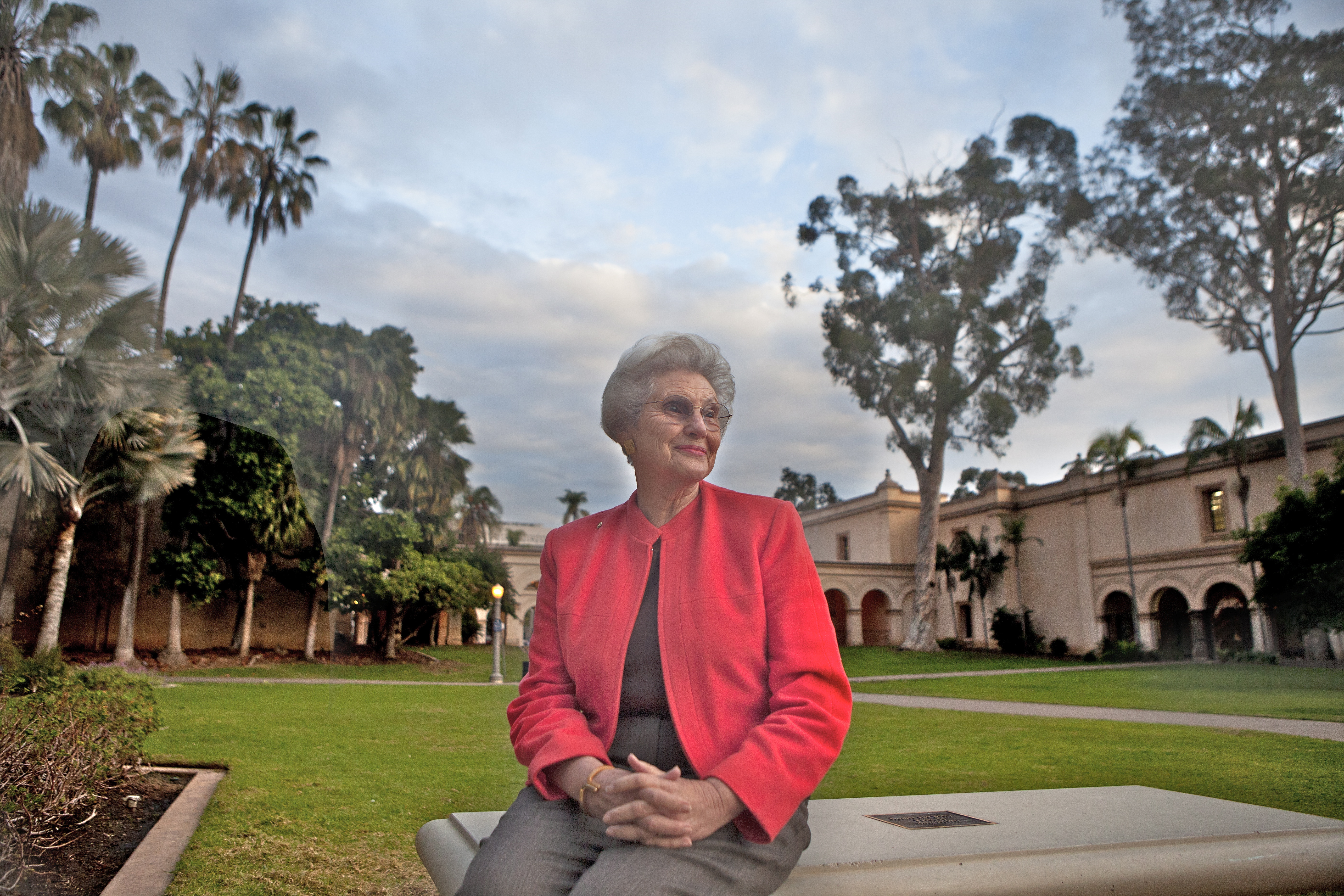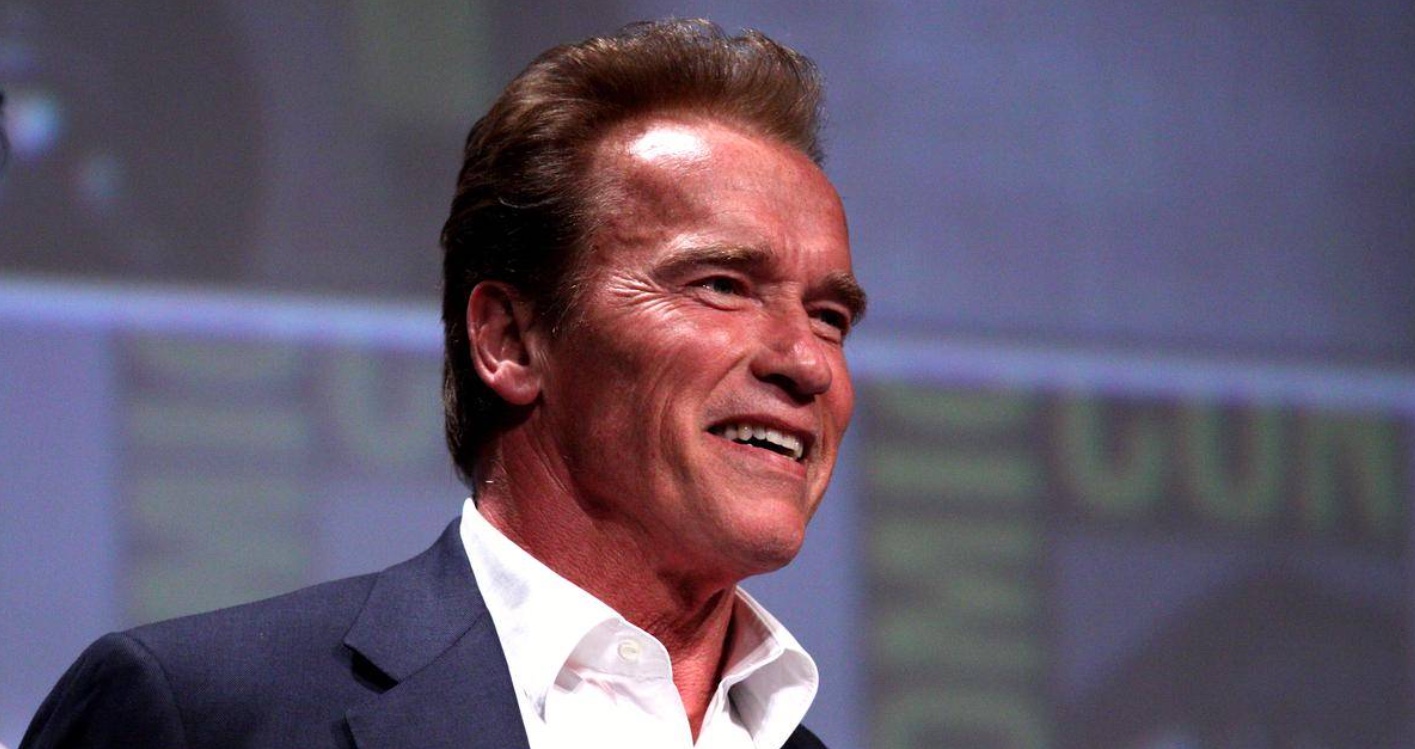Guardians of the Park
Betty Peabody, chair of Friends of Balboa Park, has been involved in Balboa Park since 1969.
Friends’ and other groups work to keep
Balboa Park alive and well
into the next century
By Delle Willett
On the last day of 1999, a group of volunteers called The Millennium Society threw a fundraising gala for Balboa Park. All of the society’s charter members attended, paying $199.99 a ticket.
Moving into the new century, The Millennium Society rebranded itself as the Friends of Balboa Park, dedicated to Balboa Park as a whole, initiating park-wide projects that transcend individual institutions, and addressing human-scale needs, with the vision of keeping the park alive and well into the next century.
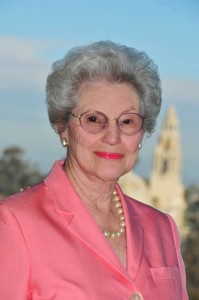
Leading the charge is Betty Peabody, who has been involved in Balboa Park since 1969 when she heard and responded to a radio spot: “Docents wanted to teach sex education at the Museum of Man, no experience necessary.”
Over the years her volunteerism expanded exponentially to encompass the entire park and includes chairing the board of the House of Hospitality, The Millennium Society, and Friends of Balboa Park, and membership on the boards of the Museum of Man and the Central Balboa Park Association.
From a core group of six, the circle of Friends has grown to over 500 supporters, and their accomplishments number in the hundreds, some being a one-time effort, others ongoing year after year.
Currently there are 20 members on the Friends’ board, 30 members on the advisory council, and 25 on the by-laws committee.
Since its inception, Friends of Balboa Park has invested and contributed over four million dollars in private money to Balboa Park.
“Our greatest successes are not always the most conspicuous: quietly identifying and meeting a need, seamlessly integrating a new feature into an historic setting, and partnering with other organizations and public agencies to raise the park’s profile and give its interests a voice in city government,” said Peabody, a founder of Friends.
The Friend’s core programs include preservation and enhancement of parkland, structure and infrastructure, visitor safety and security, park access and understanding, and preservation of the park’s legacy.
Peabody has her favorite projects. “Whatever we are doing at the time is my favorite. Just knowing what we are doing is the best for the future of the park,” she said.
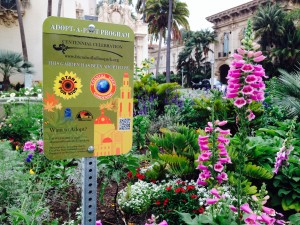
However she did pick a few to illustrate current successes:
A true labor of love and example of the private/public partnership that Friends has with the City of San Diego are the five information kiosks conveniently placed around the park. The kiosks provide the visitor with maps and information about the park’s many attractions and institutions and their offerings. They also have ATM machines.
This project was seven years in the making at a cost of $500,000.
During the centennial year, the Adopt-a-Plot Program invites individuals, families, organizations and businesses to adopt a garden or landscape area within Balboa Park. This program is so successful they are hoping to continue it beyond the centennial year.
San Diego’s first Arbor Day celebration was on March 17, 1904. Kate Sessions helped to organize that first planting, a community event attended by 350 school children who came to what was then called “City Park” to plant 60 pine and cypress trees.
The Friends brought back the tradition, and recently celebrated its 8th Arbor Day at the War Memorial Building when 11 American Tulip trees were planted with volunteer help from local area students.
“Going into the centennial we asked ourselves, ‘How can we be sure the park is going to be here 100 years from now and into the next centennial?’—and the answer is water. And that’s why we chose water as our 2015 project,” said Peabody.
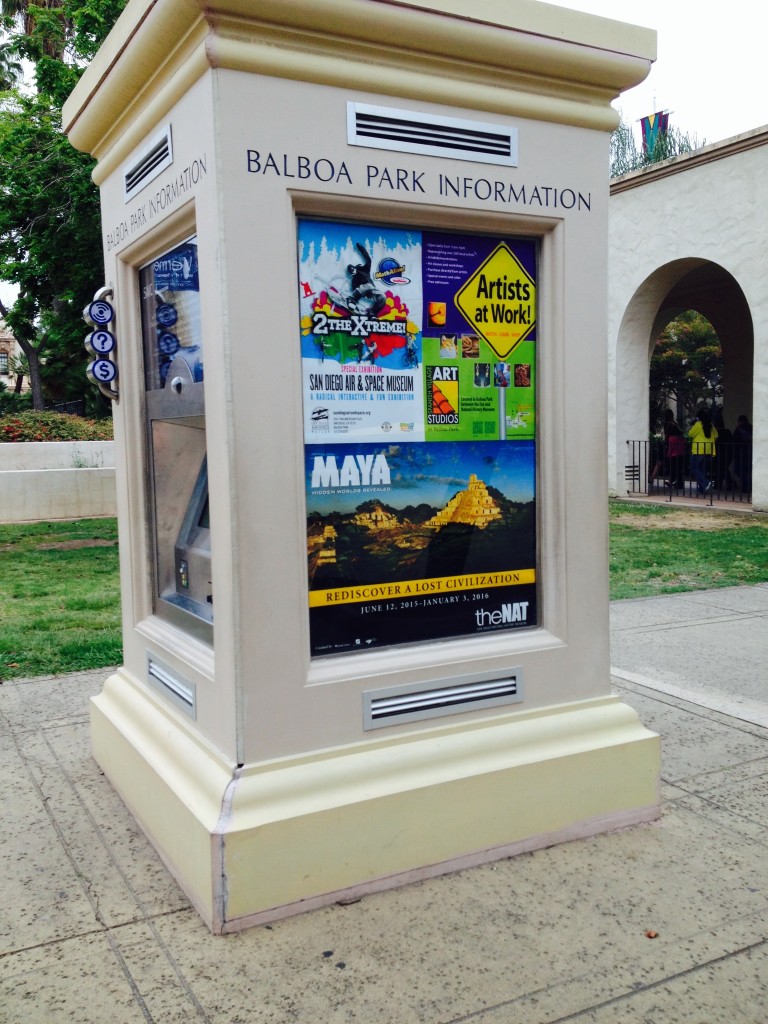
The Friend’s Water-Wise program was designed to optimize water use in the parkland by 2020, to make the park more environmentally sustainable while keeping it healthy and fit for appropriate human enjoyment.
An example is the Zoro Garden Water Reclamation project currently under construction, where water from the roof of the Casa de Balboa (rain, dew and HVAC condensation)
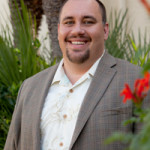
will be captured, stored and used to irrigate the adjacent Zoro Garden and canyon.
Friends is also tackling the park’s water infrastructure, financing a documentation of the park’s underground water pipes which were laid in the early 1900s with little or obsolete documentation.
Over the last 2.5 years Dr. Matt Rahn, an environmental scientist and professor at San Diego State University, and his students have been mapping the water pipes and valves that deliver water into the park.
GPS is allowing Rahn and his students to develop an app that will help city workers locate weak points in the park’s water pipes as well as enabling them to stand anywhere in the park at a broken water main, look at a map of Google Earth in real time and say, “This is where the closest three valves are to isolate that piece of pipe.” Once a break is isolated, the city won’t have to turn off water to the entire park, shutting it down. Using this technique, there’s a 90% labor-saving in those areas.
To date, 11 water sources (all drinkable) have been identified, supplying water to buildings, gardens, landscapes and fountains. Students are locating the pipes and trying to determine the size, the age, the manufacturer, and the materials the pipes are made of.
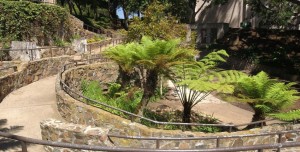
The survey will take another one to two years to complete; it is critical for troubleshooting leaks and digging for any reason.
Every year in October, since 2000, Friends of Balboa Park — an apolitical organization — holds a luncheon to honor
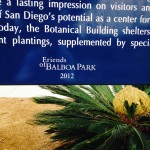
long-time park volunteers, many of whom have worked quietly behind the scenes for years. All of the park’s organizations support and value this event, which typically draws over 300 participants to witness the giving of awards: five “Inspiration” awards and one “Millennium” award.
Peabody, who has worked seven days a week for the park for more than 45 years, said, “A very generous benefactor has given one million dollars to Friends of Balboa Park as a lead gift for an endowment fund. In addition, in this centennial year we’ve been challenged to raise $500,000 more which will be matched dollar for dollar by year’s end. Thus our endowment will be doubled. This will allow us to give more support to the ever-challenging needs of Balboa Park, from water infrastructure to the gardens to educating school children for the future.”
Learn more about Friends of Balboa Park by visiting their website: http://friendsofbalboapark.org.
Balboa Park Support Groups
Some groups that support Balboa Park as a whole, and organizations within the park include:
• The Committee of 100 Founded in 1967 to preserve Balboa Park’s Spanish Colonial Revival architecture from the 1915–1916 Panama-California Exposition, its mission has expanded to include the architecture, gardens, and public spaces of both the 1915–1916 and 1935–1936 California Pacific International Exposition. Since 1967 all four remaining “temporary” 1915 buildings have been reconstructed in permanent materials and not a single building has been lost.
• The Balboa Park Trust is a family of nearly 40 endowment funds managed by The San Diego Foundation and a dedicated committee of volunteers. Since 1985, the Trust has supported the enrichment and enhancement of the park and its cultural and recreational programs. Grants have totaled more than $1.7 million for a wide variety of preservation, beautification and maintenance enhancements.
• The Balboa Park Conservancy promotes Balboa Park through its programs, Balboa Park Visitors Center and Balboa Park Marketing. The Conservancy is also responsible for the National Historic Landmark House of Hospitality building, the Balboa Park Visitors Center, a police storefront, offices of cultural and educational organizations, and The Prado restaurant, all in the House of Hospitality.
• The Balboa Park Cultural Partnership includes 28 arts, science and cultural institutions in Balboa Park who collaborate to achieve greater organizational efficiency, innovation and excellence. The partnership was formed in 2003 to provide a means for members to identify and achieve collective goals and to speak with one voice on issues of mutual benefit and importance.
• BPAL is a Balboa Park Alliance with members from the Committee of 100, Friends of Balboa Park and Balboa Park Trust of the San Diego Foundation. They each raise money for the park and each has a distinctive role but work collaboratively on projects of mutual interest.
• Since 1997, Patrons of the Prado has provided over $2 million and thousands of volunteer hours to benefit the distinguished array of arts and cultural organizations that occupy the Prado.
• For nearly 100 years, The Thursday Club members have combined social activities and volunteering their time for civic and benevolent projects benefitting various entities in Balboa Park and the San Diego community.


